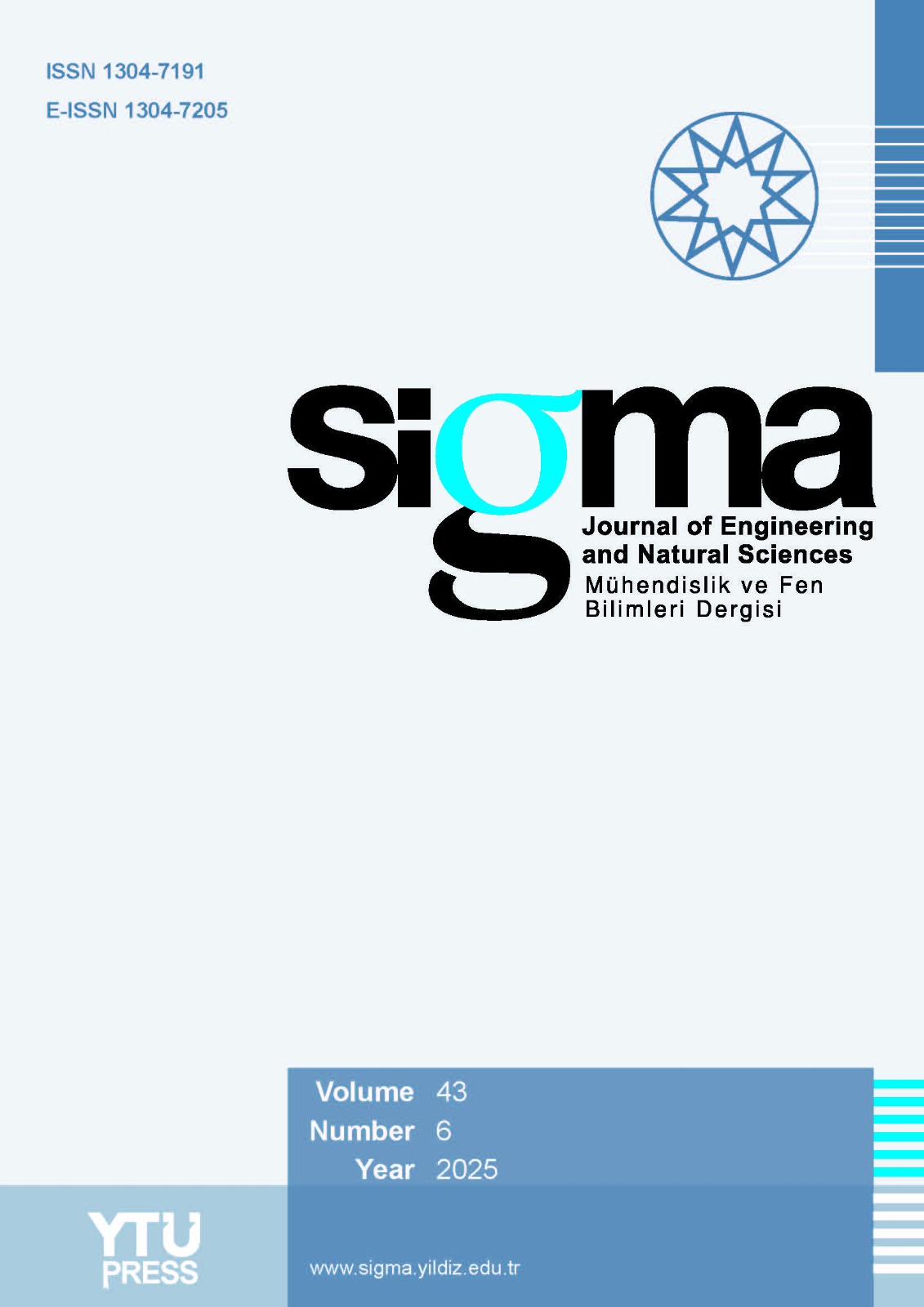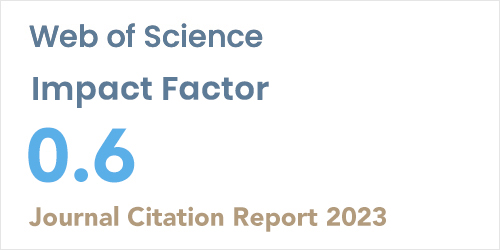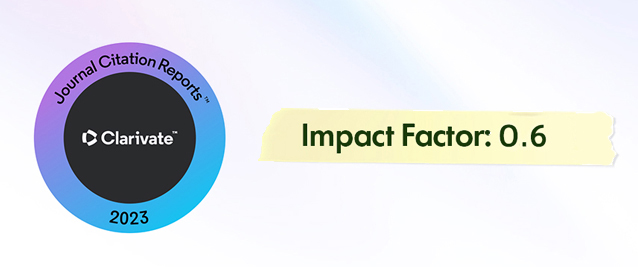Abstract
Ohmic heating is among the alternative processing technologies in order to inactivate microorganisms in food. With respect to conventional thermal processes, ohmic heating offers advantages such as; reduced process time, uniform heating, increased nutrient retention and energy efficiency. Due to the synergistic effect of rapid heating accompanied by unlethal temperature and electric field, some ohmic heating studies report significant log reductions achieved for spores as well as vegetative cells of microbial species in various matrixes. This study covers a comprehensive review of the selected publications regarding fundamental principles of ohmic heating, limiting factors, spore structure and resistance, thermal activation mechanisms of spores, heat and electric field effects on the spore’s structure and responses, parameters that influence microbial inactivation via ohmic heating. Based on our review, it is concluded that each research on ohmic heating ought to be evaluated as a specific case and to be assessed by multiple perspective approach. Evaluation to be made considering internal and external factors as well as their synergistic interactions. Regarding microbial inactivation, unpredicted results may also be obtained as a consequence of additional chemical effects orig-inated from the product content. In some cases, straightforward comparison data of relevant ohmic heating work may be misleading. Therefore, this review deliberately doesn’t include comparison tables. Instead, each remark is supported with a specific relevant literature work as far as possible. It is suggested that more research on the application of ohmic heating on various matrixes to be done so that microbial inactivation via ohmic heating can be utilized in diverse industrial applications as well as food products.














